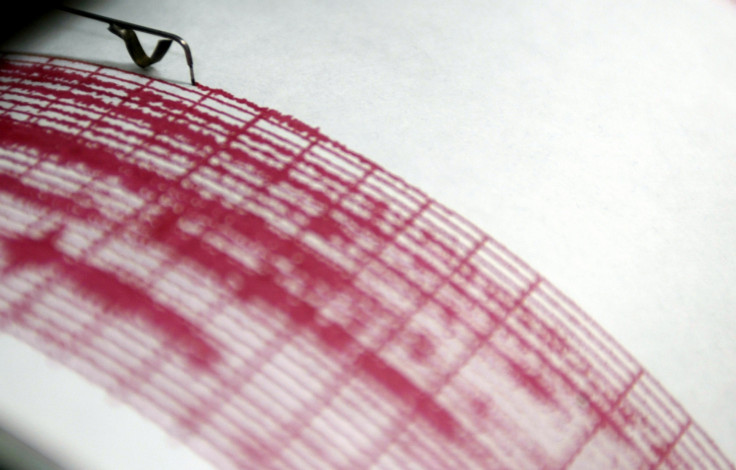Earth Science: Increase in Earthquake Activity Could Signal Arrival of Big One

In the last ten years, 18 earthquakes with magnitudes of 8.0 or more shook subduction zones around the globe, signalling greater activity along fault lines and a possible big quake in the offing.
That is an increase of 265% over the average rate of the previous century, according to a report of the Geological Society of America.
While this could mean that unruptured faults like the Cascadian subduction zone in the northwest United States might be due for a big one, scientists say that subduction zones behave in different ways making it difficult to predict if they will break into a series of small quakes or one big one.
The last quake along the Cascadian was in 1700 and triggered tsunamis in Japan and may have ruptured along a 600-mile span of the western US and Canada.
The average interval between big quakes of subduction zones is 500 years but it could be much smaller, reports NBC News.
The Cascadia subduction zone lies along the coasts of Washington, Oregon and northernmost California where the oceanic plates dive under the continental plate.
Study author Thorne Lay, professor of Earth and Planetary Sciences at the University of California, Santa Cruz told the annual meeting of the society that the increase in rates of major quakes suggests that "great events were 'catching up' on the plate boundary motions in several regions with fortuitous similar timing."
Noting that a big earthquake at one end of a subduction zone might trigger others further down along the same fault, he noted how the great 2004 event in Sumatra activated the adjacent 2005 event and those two in turn activated a slightly more distant 2007 event.
Subduction zone faults are both long and wide as they cut at a very shallow angle through the crust. Thus, the surface area for the fault slip can be much larger than for transform faults and the corresponding magnitudes for subduction zone earthquakes can be much greater.
In contrast, transform faults like the San Andreas fault run deep but not too wide, restricting major quakes to 8.5. It has been predicted that San Francisco may see a series of smaller shocks along the many transform faults cutting across the region.
Megathrust quakes in the Pacific along the Ring of Fire have been predicted recently, but again the exact time when these will take place has been tough to predict.
© Copyright IBTimes 2025. All rights reserved.





















